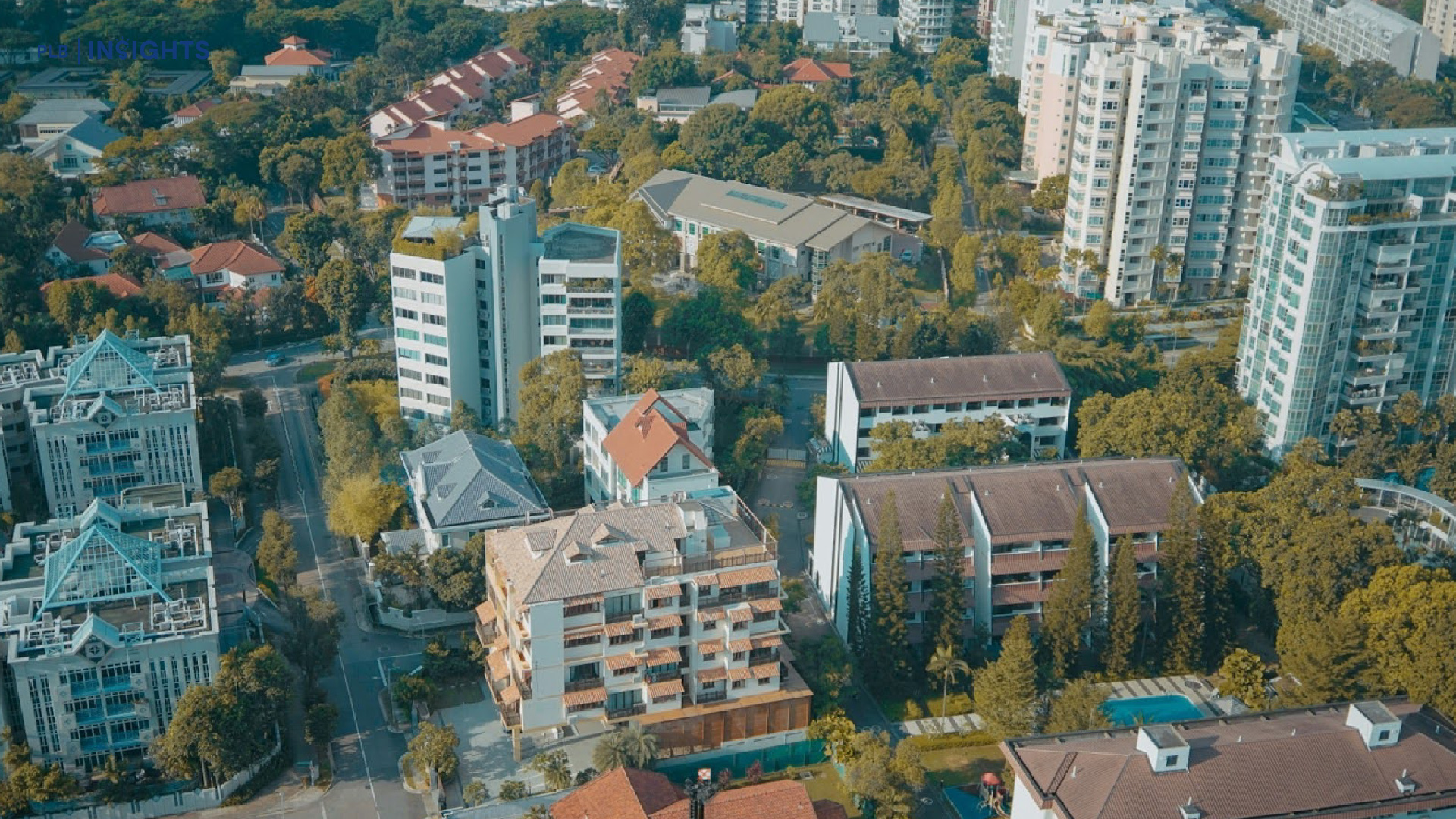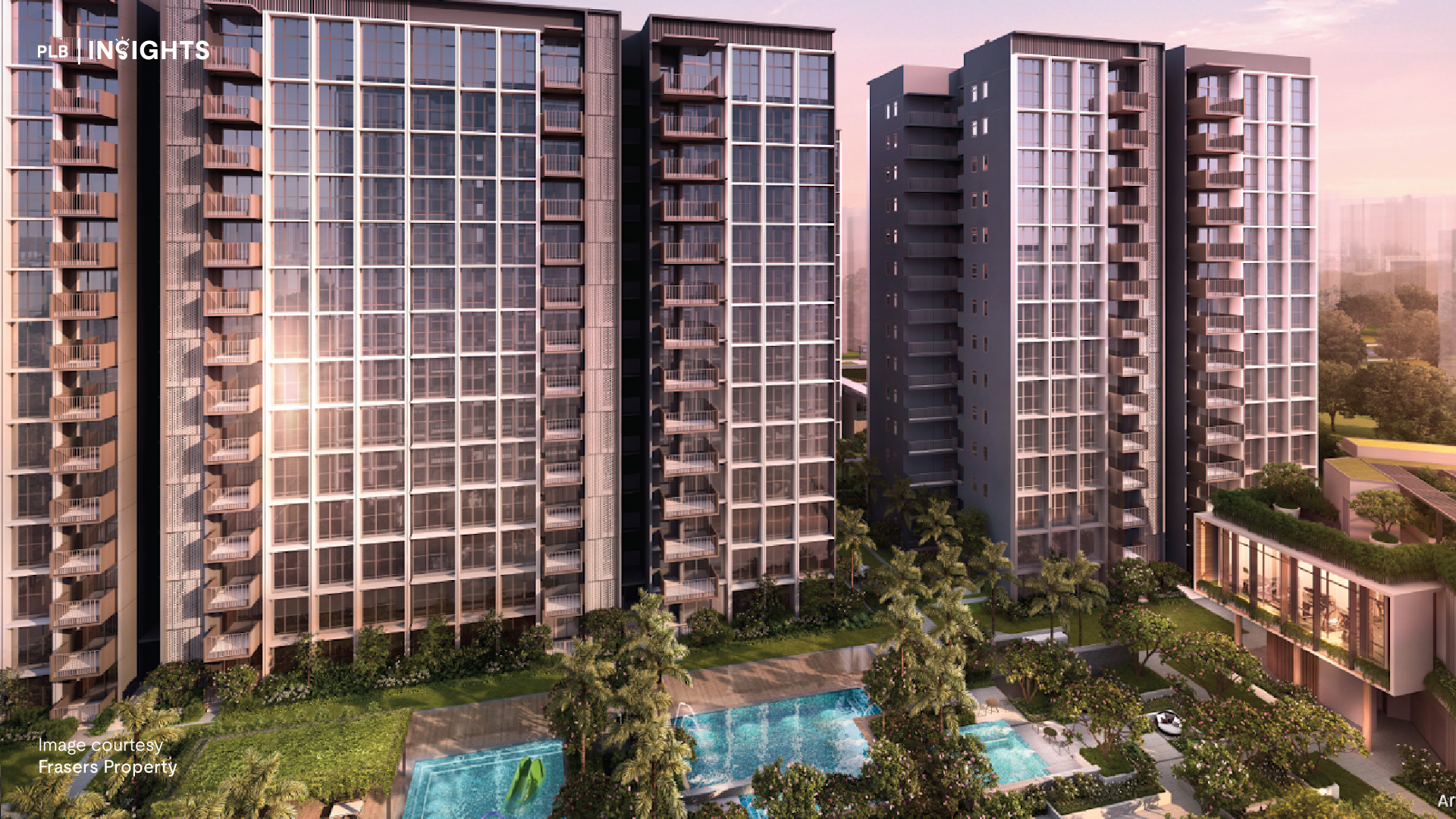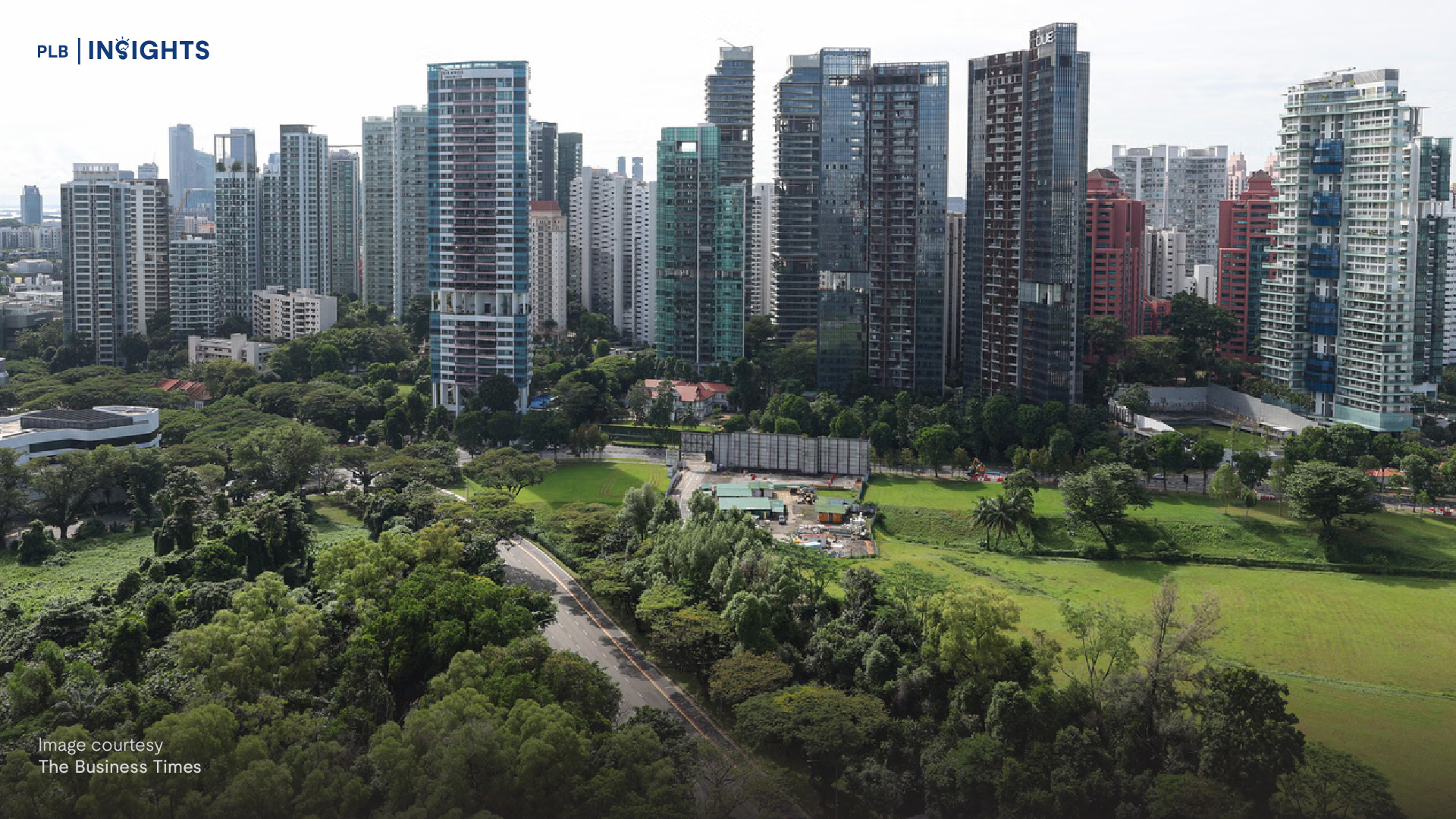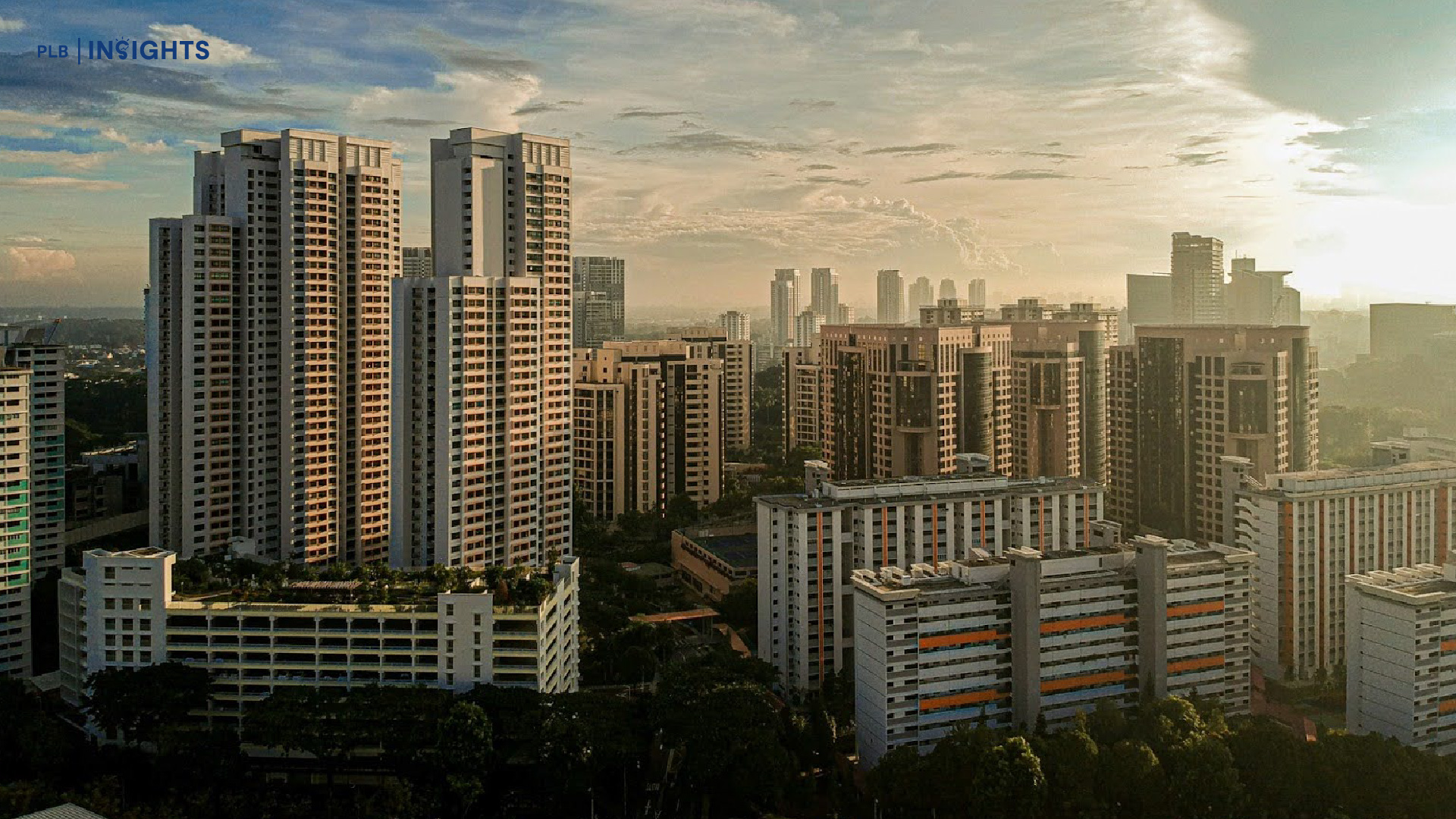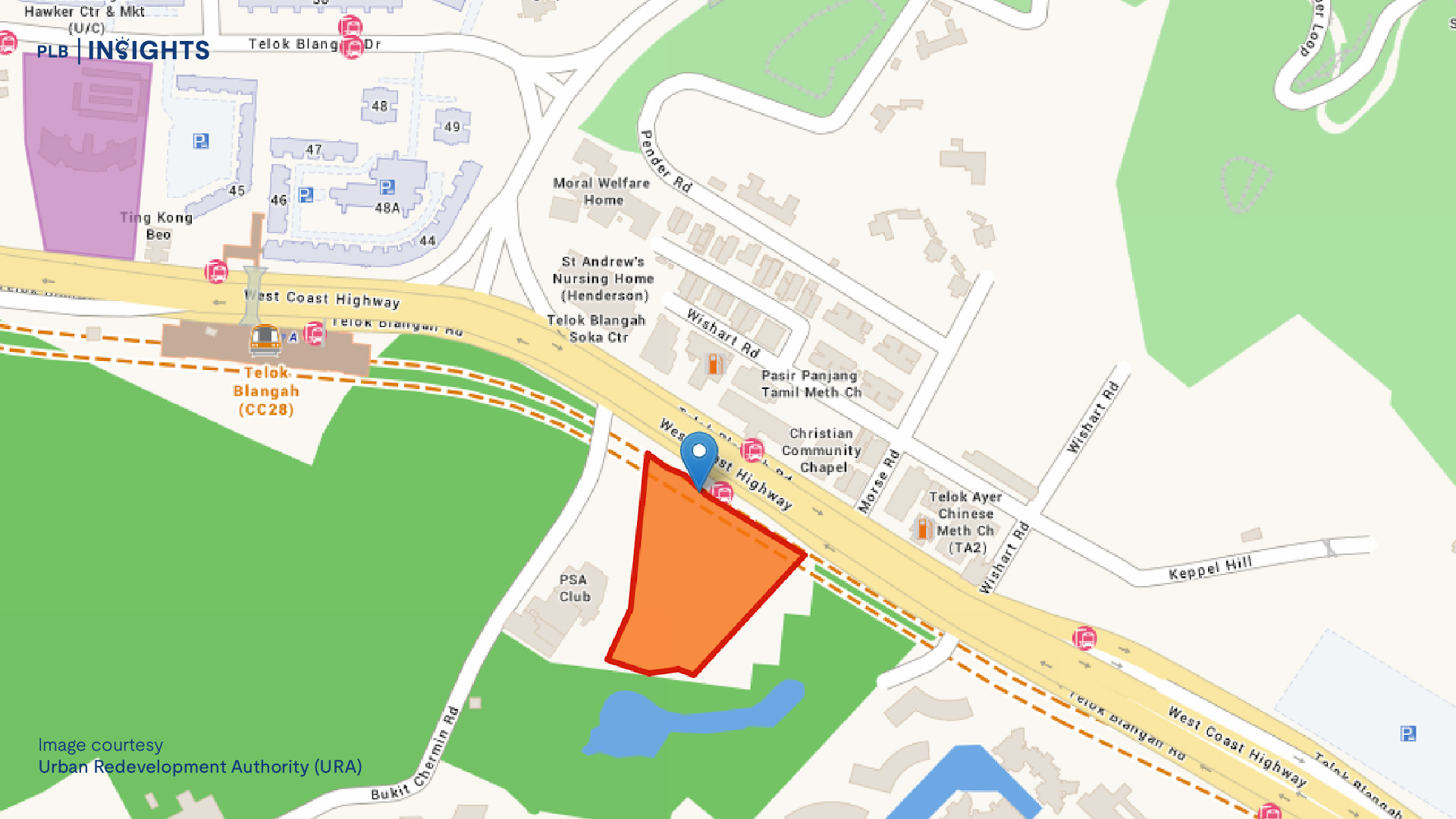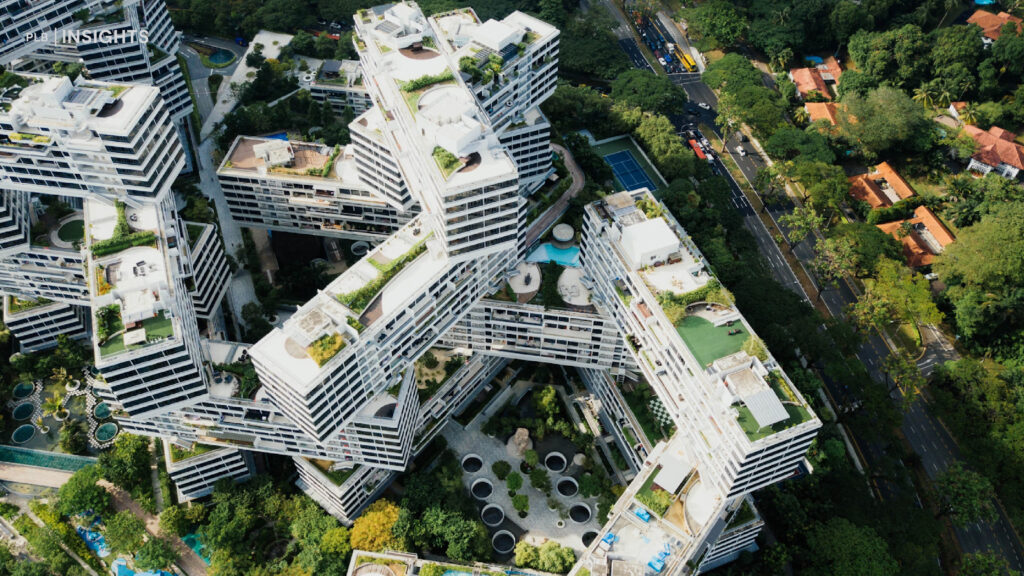
While the recent Eras Tour sparked controversy among our south-east asian neighbours, it has introduced the wonders of our well-planned cities to visitors roaming our streets. Singapore, renowned for its robust economy, efficient transportation network, and iconic landmarks, is increasingly being recognised for its exemplary urban planning. In fact, our city’s urban design has become a source of inspiration for others around the globe.
This article will delve into Singapore’s exemplary urban planning journey pioneered by Dr Liu Thai Ker and address challenges associated with replicating our urban success in other cities. Will there ever be a Singapore 2.0?
What is Urban Planning?
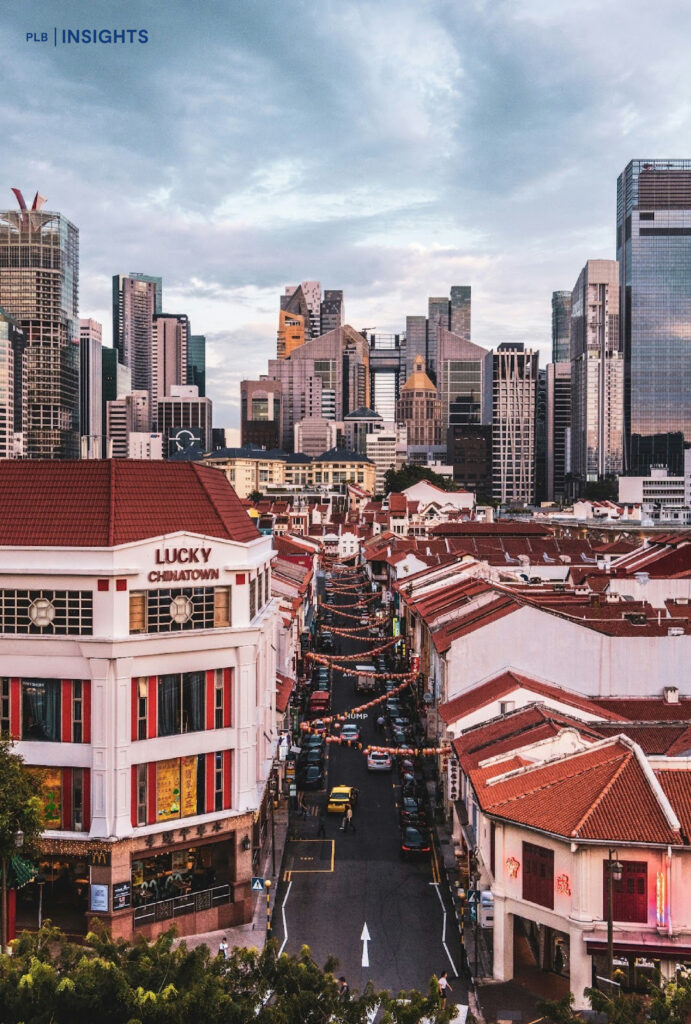
Urban planning is like designing a big puzzle for a whole city to make sure everything fits together nicely. It is about deciding where to put buildings, parks, roads, and other important infrastructure so that people can live, work, and play comfortably. Similar to building Lego cities, urban planning is about making decisions to create a city for everyone to enjoy.
The Pioneers of Singapore’s Urban Planning
Dubbed the ‘father of urban planning’, Dr Liu Thai Ker’s contribution towards Singapore’s urban landscape is invaluable. He contributed to the planning of 20 out of 24 HDB towns during his time as HDB’s chief executive and chief architect. He subsequently joined URA as chief executive and chief planner where he laid the foundation for Singapore’s well-planned cities through the birth of our long-term and master plans.
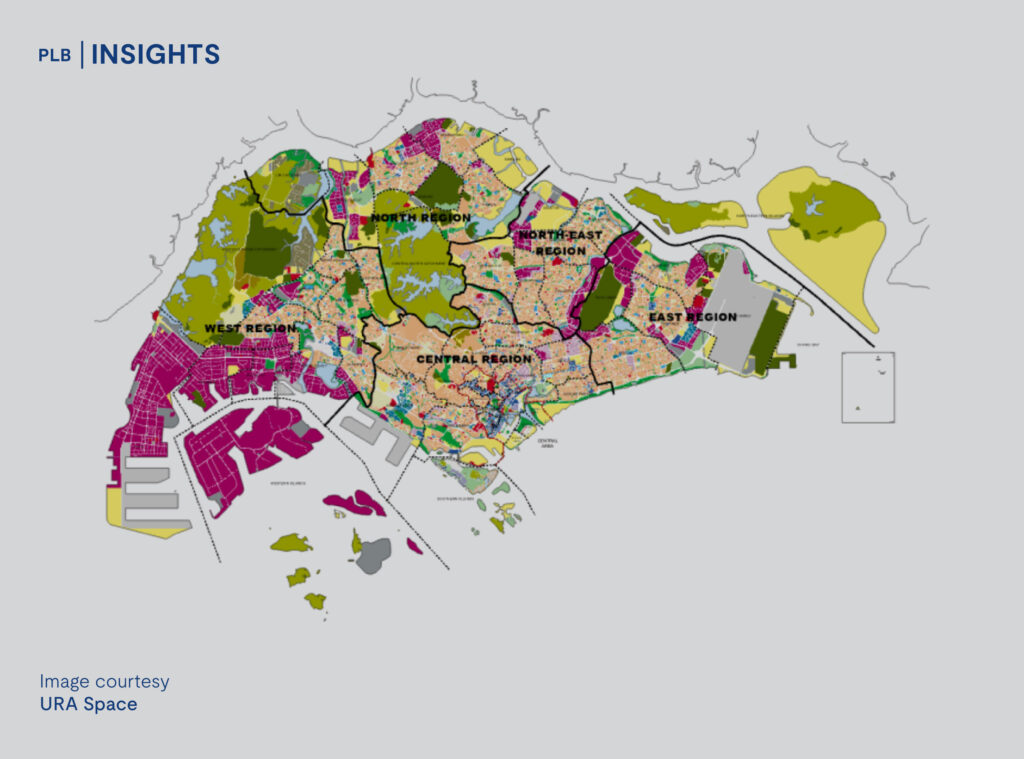
Together, the long-term and master plan provide a clear direction and framework for urban development in Singapore. The long-term plan recognises the importance of sustainable development given Singapore’s limited land, and plans for 50 years and beyond into the future. The master plan breaks down the long-term plans into more detailed plans guiding the next 10-15 years. The master plan is now accessible digitally via URA Space, offering comprehensive information on zoning use, gross plot ratio, and among other details.
In addition to the contributions of urban planners like Dr. Liu Thai Ker, first-generation political leaders also played a key role in Singapore’s urban success through the development of two key policies: the Housing and Development Act and the Land Acquisition Act. These policies laid the groundwork for Singapore’s transformation into a modern city-state.
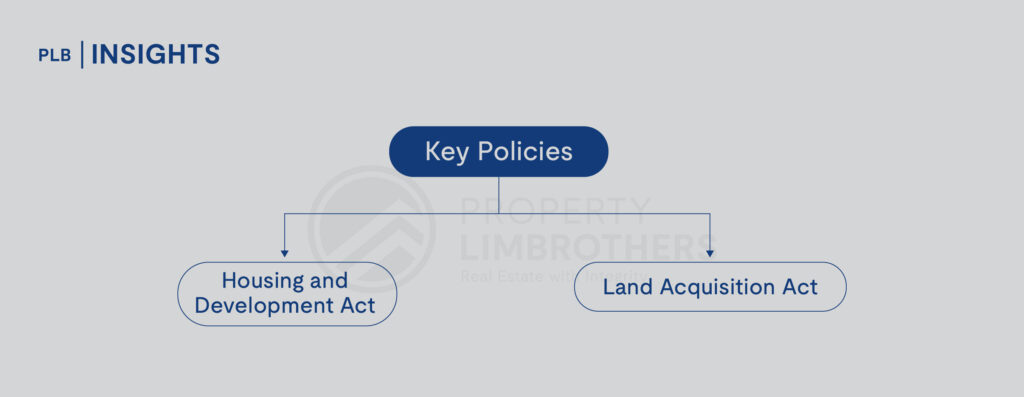
The Housing and Development Act 1959 marked the beginning of the public housing policy aiming to provide affordable and quality housing for residents. It proved successful as every 8 out of 10 people live in a HDB flat. The Land Acquisition Act is key in facilitating the acquisition of land needed for urban development projects such as construction of new MRT stations and other key infrastructure. One notable case where the Singapore government acquired land through the Land Acquisition Act is the development of the Marina Bay area.
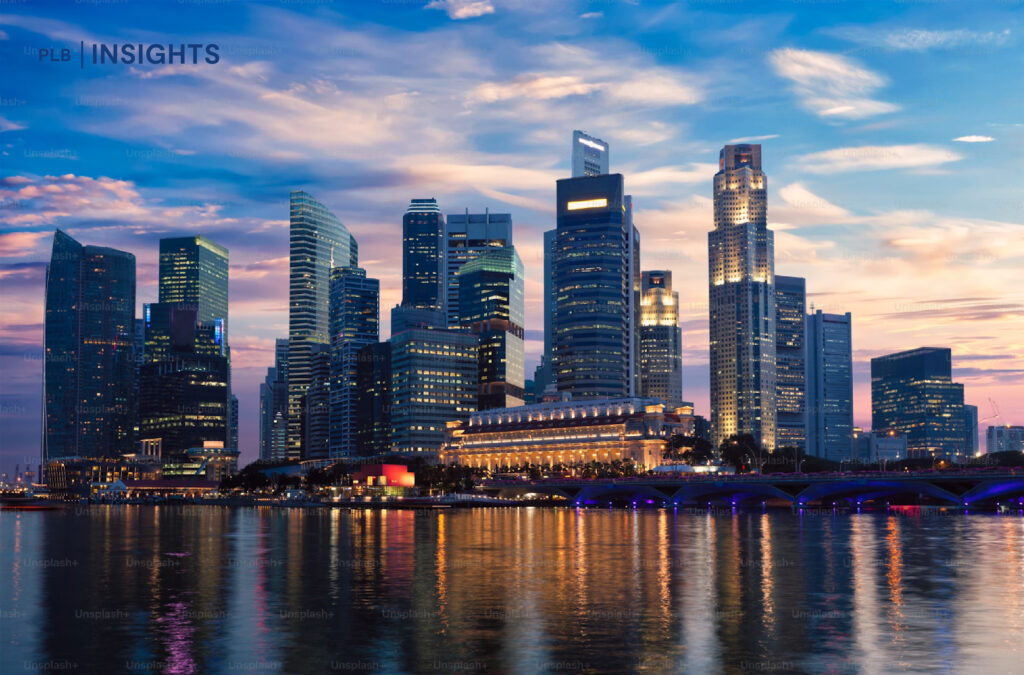
In the early 2000s, the Singapore government acquired land from various landowners and stakeholders in the Marina Bay area to make way for the construction of landmarks such as Marina Bay Sands, Gardens by the Bay, and the Marina Bay Financial Centre. These developments have since become iconic symbols of Singapore’s urban landscape, attracting tourists, businesses, and residents alike to the Marina Bay area.
Challenges in Replicating Singapore’s Success
Having explored the foundational pillars of Singapore’s urban success, it is important to acknowledge the challenges in replicating such achievements elsewhere. Despite Singapore’s remarkable progress, numerous obstacles stand in the path of other cities aspiring to emulate its model.
Firstly, Singapore’s success has been significantly influenced by stable political leadership. The consistent direction provided by political leaders has enabled Singapore to implement long-term urban planning initiatives and policies effectively. However, many cities around the world face challenges related to frequent changes in political leadership, resulting in inconsistency in policy formulation and implementation.
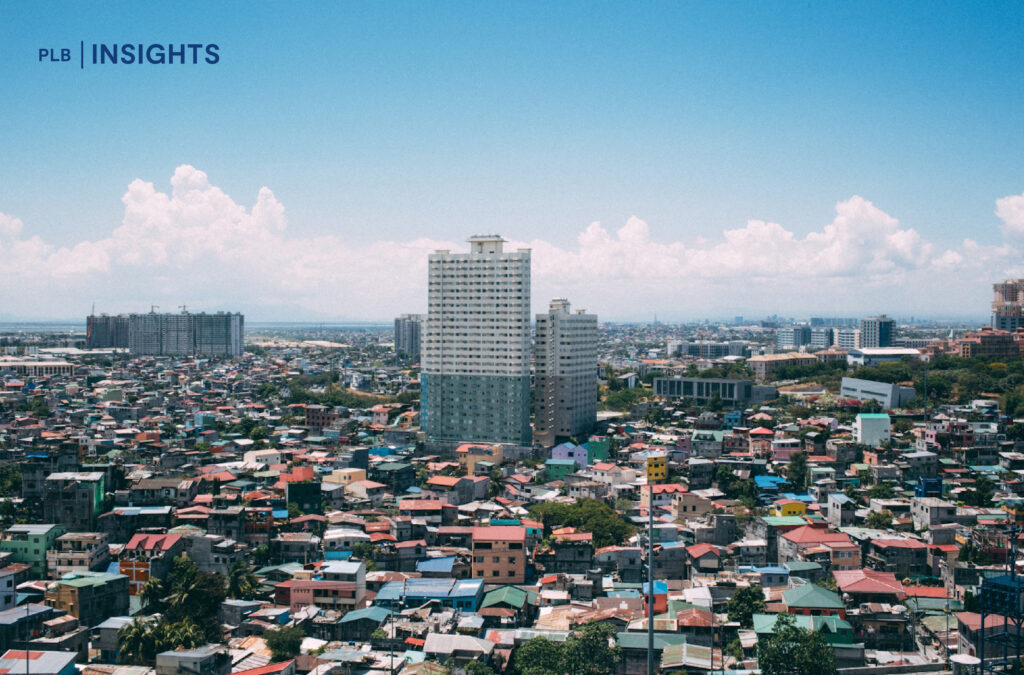
For instance, Manila, like Singapore, faces challenges related to rapid urbanisation, infrastructure development, and economic growth. However, political instability and frequent changes in leadership have often disrupted urban planning initiatives and hindered the city’s progress. Without stable political leadership and continuity in governance, Manila has struggled to implement comprehensive urban development strategies and address pressing issues such as traffic congestion, informal settlements, and environmental degradation.
Secondly, Singapore’s unique identity as a city-state presents challenges for countries who have diverse populations, governance structures, and competing interests. While Singapore has successfully implemented urban planning initiatives within our own borders, its efforts to replicate this success abroad have encountered obstacles. One example illustrating the challenges of replicating Singapore’s success is the case of Sino-Singapore Tianjin Eco-city in China. Singapore’s governance structure, characterised by efficiency, transparency, and accountability, contrasts with China’s bureaucratic complexities.
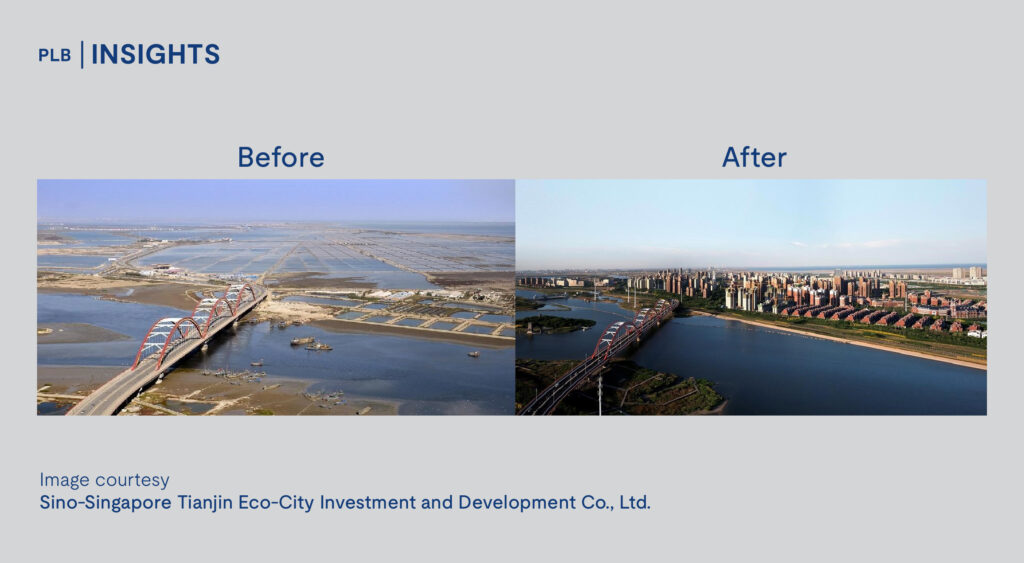
The Eco-city project may align with the overarching goals of national governments to promote economic growth and environmental sustainability. However, local governments often have distinct perspectives. In the case of Tianjin, local authorities prioritised short-term economic development and job creation over long-term environmental sustainability, leading to tensions and conflicts in the implementation of the Eco-city project.
Additionally, the Eco-city’s reliance on top-down planning has limited community engagement and participation in decision-making processes. Local residents and stakeholders have expressed frustration over a lack of transparency and consultation, feeling marginalised in the development process.
Final Thoughts
The case studies presented above highlight the complex interplay between urban development and the challenges of replicating successful models in diverse contexts. Bridging the gap between national policies and local realities requires a nuanced approach that takes into account the unique socio-political contexts of each city.
By fostering dialogue, building consensus, and incorporating local perspectives into the planning and implementation process, urban development initiatives can be more responsive to the needs and aspirations of communities. It is crucial to recognise that there is no one-size-fits-all universal blueprint for urban development. Instead, cities must adapt strategies and approaches to suit their specific circumstances, ultimately fostering sustainable and inclusive urban environments for all.
If you are interested in working on your own ‘master plan’ for your property portfolio, do reach out to our experienced consultants who will guide you in achieving your long-term goals. Till next time!

